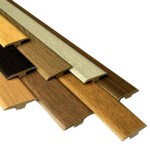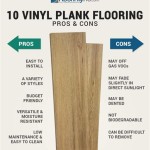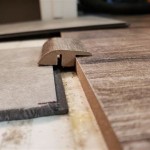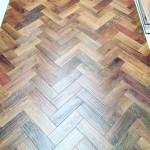Moisture barrier underlayment is an important feature to consider when installing laminate flooring. This type of underlayment helps to prevent moisture and water damage in the event of a spill or flooding, and can also help to reduce noise levels. This article will explain what moisture barrier underlayment is, why it is important, and how to choose the best type for your laminate flooring.
What is Moisture Barrier Underlayment?
Moisture barrier underlayment is a thin layer of material that is installed between the subfloor and the laminate flooring. It is designed to help protect the floor from moisture and water damage, as well as reduce noise levels. The most common types of moisture barrier underlayment are polyethylene, rubber, and cork.
Why is Moisture Barrier Underlayment Important?
Moisture barrier underlayment is important for a few reasons. First, it helps to protect the floor from moisture and water damage. If a spill or a flood occurs, the underlayment will help to prevent the moisture from seeping into the subfloor and damaging the laminate flooring. Additionally, it helps to reduce noise levels, which can be especially helpful in homes with hardwood or laminate floors.
Choosing the Right Moisture Barrier Underlayment
When choosing the right moisture barrier underlayment for your laminate flooring, there are a few things to consider. First, you should consider the type of flooring you are installing. Different types of underlayment will work better for different types of flooring, so it is important to choose the right one for your needs. Additionally, you should consider the thickness of the underlayment, as this can affect the noise levels in the home. Finally, you should consider the cost of the underlayment, as this can vary depending on the type and thickness.
Installing the Moisture Barrier Underlayment
Once you have chosen the right type and thickness of moisture barrier underlayment, you will need to install it correctly. First, you should ensure that the subfloor is clean and free of any debris. Then, you should lay the underlayment in strips across the subfloor, starting at one wall and working your way across the room. Make sure to overlap the edges of each strip by at least four inches. Finally, you should use tape or staples to secure the underlayment to the subfloor.
Caring for Your Moisture Barrier Underlayment
Once you have installed the moisture barrier underlayment, it is important to take care of it. You should check the underlayment periodically for any signs of damage or wear. You should also clean the underlayment regularly to keep it looking its best. Finally, you should ensure that the laminate flooring is installed correctly, as this can help to prevent any damage to the underlayment.
Conclusion
Moisture barrier underlayment is an important feature to consider when installing laminate flooring. It helps to protect the floor from moisture and water damage, as well as reduce noise levels. When choosing the right type of underlayment, you should consider the type of flooring, the thickness of the underlayment, and the cost. Additionally, you should install the underlayment correctly and take care of it regularly to ensure its longevity.















Related Posts








